The experts tell us that yes, the growing extent and increasing severity of wildfires are indeed driven by climate change.
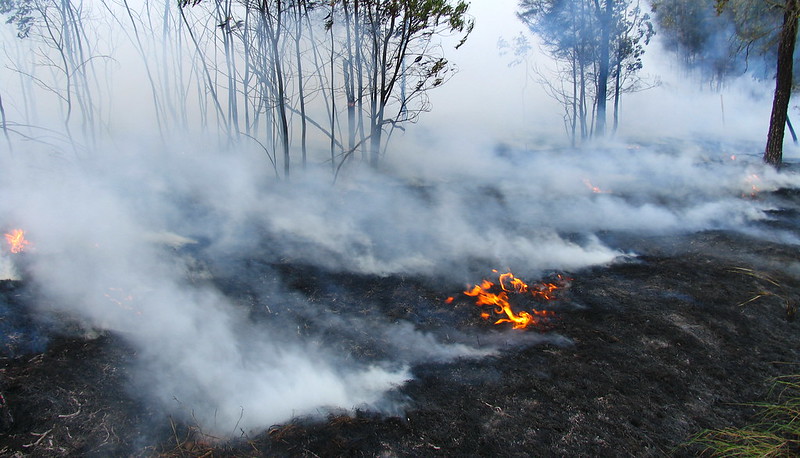
Higher temperatures mean higher evaporation rates – items dry out faster, just like your clothes. With that comes dry vegetation, which is more likely to burn if anything starts a flame. In many cases, flames are started by human accidents, but climate change also tends to increase the types of storms, including lightning. As a result, climate change is not only adding more fires, but also more sparks.
Wildfires have always existed, and in most parts of the world, these are seasonal. Climate change tends to lengthen the fire season. Thus, even if the probability of a fire occurring on any given day remains the same, the number of days on which a fire may now occur has increased. This increases the chances.
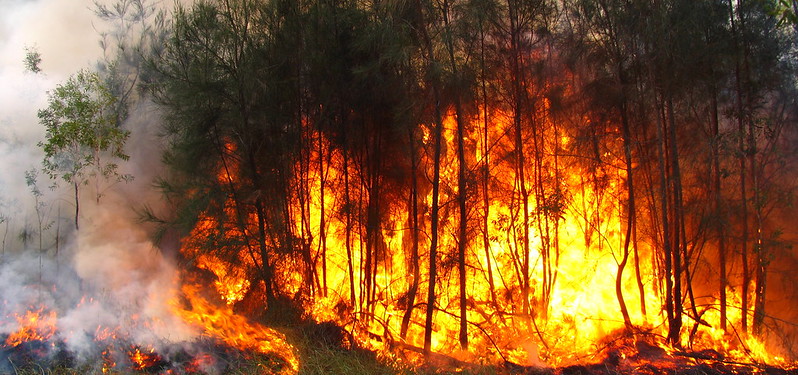
Climate change also affects the likelihood of drought. Vegetation becomes drier as temperatures rise, and this drying is exacerbated by insufficient rainfall.
Many other factors, related or unrelated to climate change, also affect the severity of fires.For example, the presence or absence of large amounts of dead wood in a forest can have an impact.
Decades of successful fire suppression can lead to fuel buildup, which is certainly not the fault of climate change. But insects such as the northern pine beetle can turn large tracts of forest into dead wood. The proliferation of such insects is certainly related to warm winters caused by climate change. These bugs proliferate in the summer and don’t die off in large numbers in the winter because the freeze isn’t as cold as it used to be.
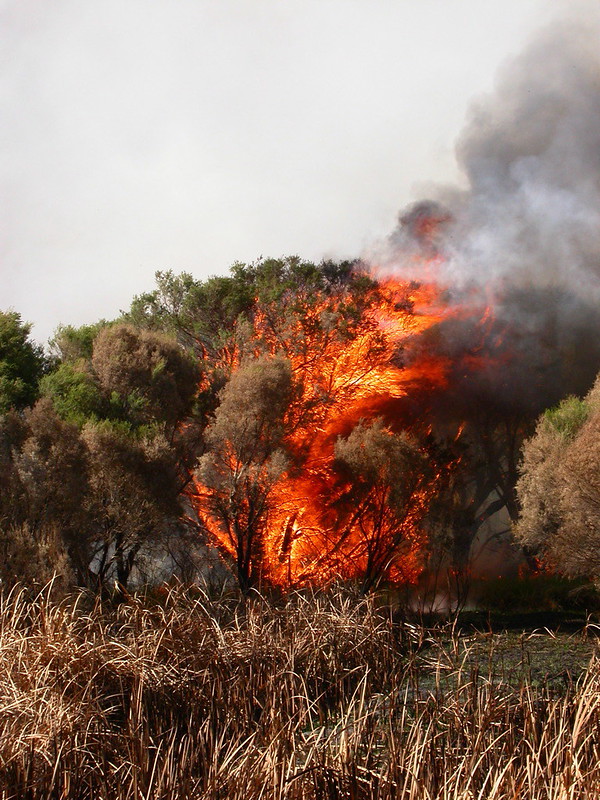
Bushfires in some countries
1.Australia
This year, the risk of bushfires in parts of north-east New South Wales and south-east Queensland has been exacerbated by drought, very dry fuels and soils, and high temperatures. All of these factors are exacerbated by climate change.
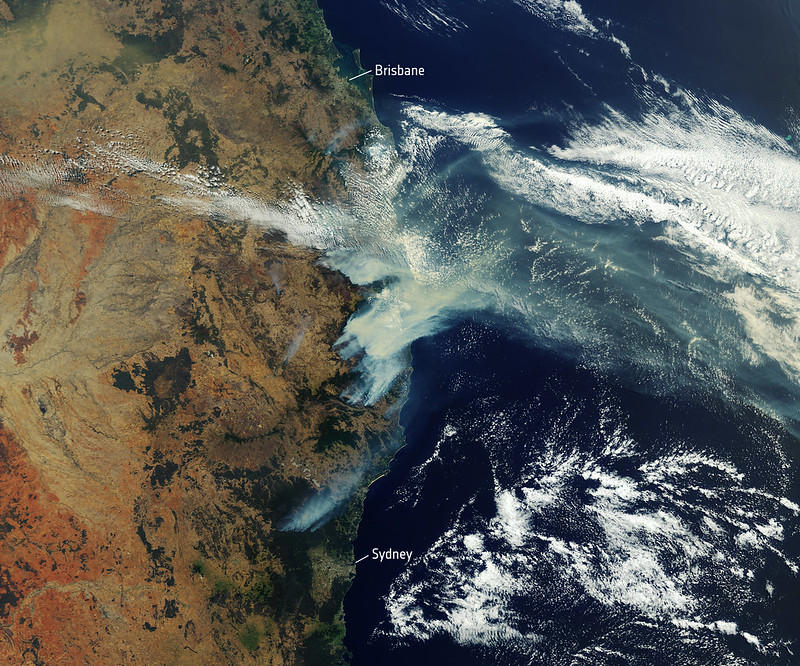
Vegetation in parts of NSW and Queensland is very dry and soil moisture is at record lows. Low soil moisture is a symptom of the recent severe drought and a prolonged period of below average rainfall since 2017.
Drought means vegetation is more flammable and therefore more likely to support extreme fire behavior and spot fires. Heat is also a factor that can exacerbate dry conditions and lead to spark production. For example, almost the entire Murray-Darling Basin experienced record high temperatures this year.
Climate change is lengthening the bushfire season. The seasons in the northern and southern hemispheres now overlap, making it difficult to concentrate resources such as personnel and firefighting equipment. As forest fires occur throughout the year, opportunities to limit the threat of forest fires by reducing dangerous burning are disappearing.
2. United States
Colorado is no stranger to wildfires. In fact, wildfires in the western United States have been getting worse for years – getting bigger, spreading faster, and creeping into mountainous areas that were once too wet and cool to support violent fires. What was once a seasonal phenomenon has become a year-round threat, with fires burning in the fall and winter.
Recent studies have shown that the high temperatures and dryness associated with global warming are the main reasons larger and stronger fires are becoming more common, as rainfall patterns are disrupted, snow melts earlier and grasslands and forests are scorched into tinder.
“Post Bushfire” by Pascal Vuylsteker is licensed under CC BY-SA 2.0.
3.Canada
Canada is in the midst of its worst wildfire season, with more than 5,700 fires recorded so far this year.
According to the Canadian Interagency Forest Fire Centre, more than 137,000 square kilometers of land have burned from one end of Canada to the other.
Firefighters warned of dry and windy weather as a fire is raging near the capital of Canada’s Northwest Territories.
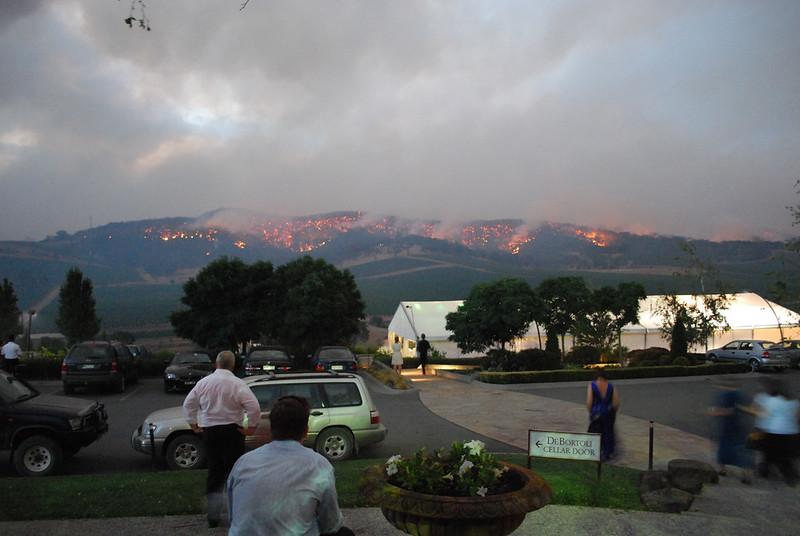
“It’s still very active,” said Gerald Schroeder, head of British Columbia’s wildfire service.
“There are certain parts of this fire that we haven’t prioritized.”
References
Brennan, C., Castle, S., Smith, M., & Healy, J. (2021, December 31). Record-Setting Colorado Fires Destroyed More Than 500 Homes. The New York Times. https://www.nytimes.com/2021/12/31/us/colorado-marshall-fire.html
Climate Council. (2019, November 13). The facts about bushfires and climate change. Climate Council. https://www.climatecouncil.org.au/not-normal-climate-change-bushfire-web/
“The beast of climate change”: Here’s what you need to know as more than 1,000 fires burn in Canada. (2023, August 21). ABC News. https://www.abc.net.au/news/2023-08-21/canada-wildfires-what-we-know/102754712
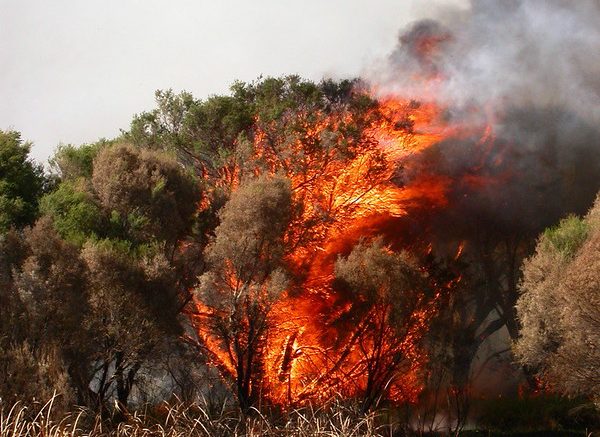



Be the first to comment on "Why is climate change exacerbating wildfires?"